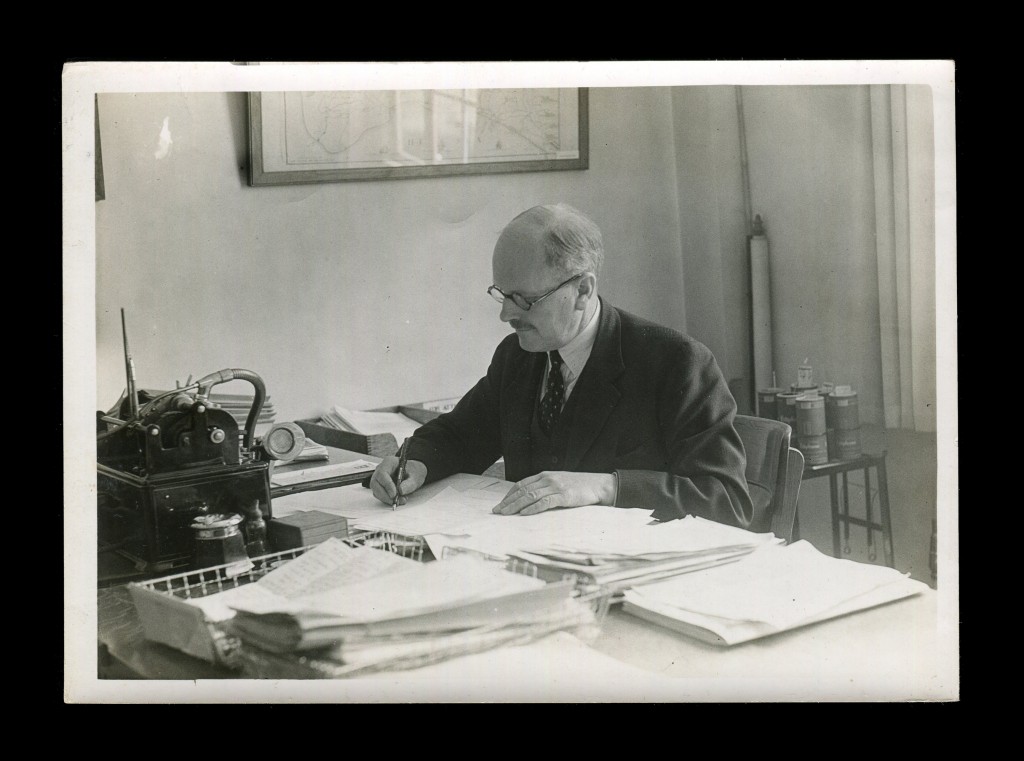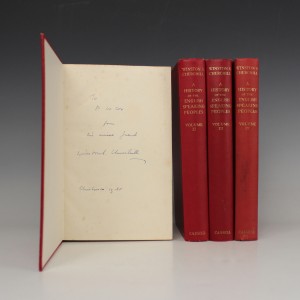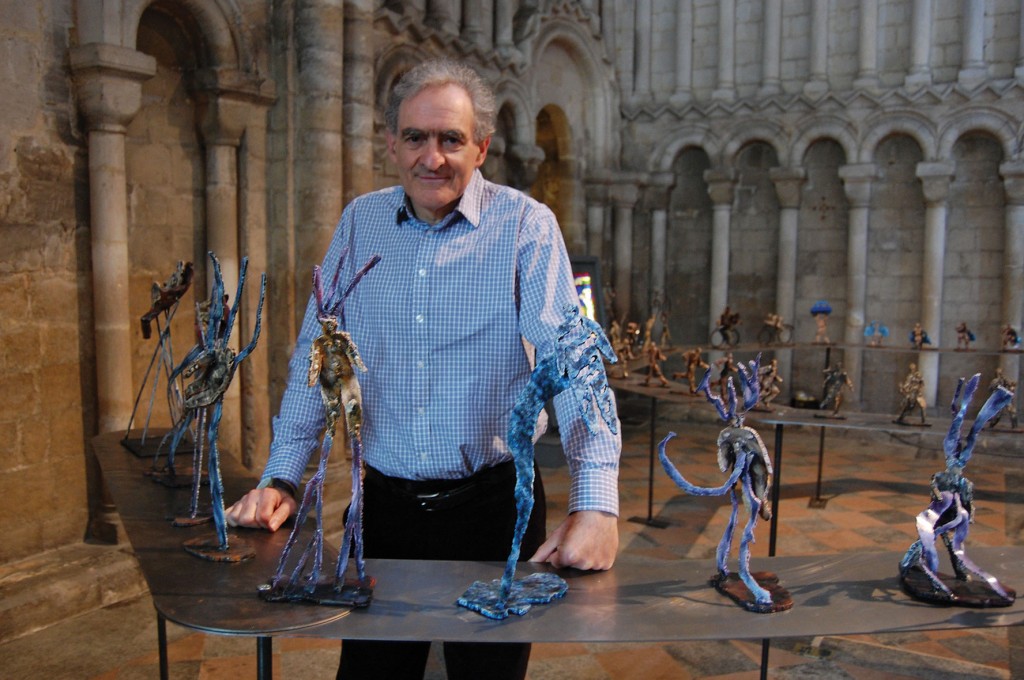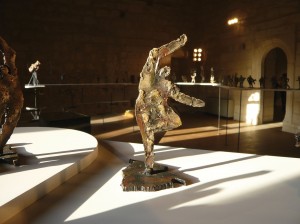
Advance notice of a fascinating archive to be sold at Toovey’s Fine Art and Antique Auctioneers.

Toovey’s Specialist Sale of Paper Collectables includes The Percy Cox Archive. This interesting archive of material relating to the Churchill family will be sold at Toovey’s Spring Gardens auction rooms in West Sussex. The archive will be offered in two lots as follows:
Lot 3271. CHURCHILL, Winston Leonard Spencer. A History of the English-Speaking Peoples. London: Cassell and Company Ltd., 1956-1958. First edition, 4 vols., 8vo (242 x 152mm.) Occasional maps. (Some spotting.) Original cloth (extremities lightly bumped). Provenance: Percy Walter Cox (presentation inscriptions signed by the author to front-free endpaper of vols. I & II, signature to half-title of vol. III and presentation inscription to preliminary blank of vol. IV); and thence by descent. Note: part of The Percy Cox Archive.
Lot 3272. THE CHURCHILL FAMILY. – Sir Winston Leonard Spencer CHURCHILL (1874-1965), Clementine Ogilvy Spencer CHURCHILL, Baroness SPENCER-CHURCHILL (1885-1977), Mary SOAMES, Baroness SOAMES, and others. A small archive of photographs, telegrams, autograph letters, signed letters, notes and cards, most relating to the Churchill family’s relationship with Percy Cox, O.B.E., circa 1945-1974. Provenance: Percy Walter Cox and thence by descent. Note: Percy Cox (1888-1975), was the Estates Manager at the Churchills’ home, Chartwell, in Kent in the late 1940s and the 1950s. This interesting archive throws some light on Mr Cox’s work for Sir Winston Churchill and the personal esteem in which he and his wife were held by Winston, his wife, Clementine, and their youngest daughter, Mary. Further details on the contents of this archive are available on request.






